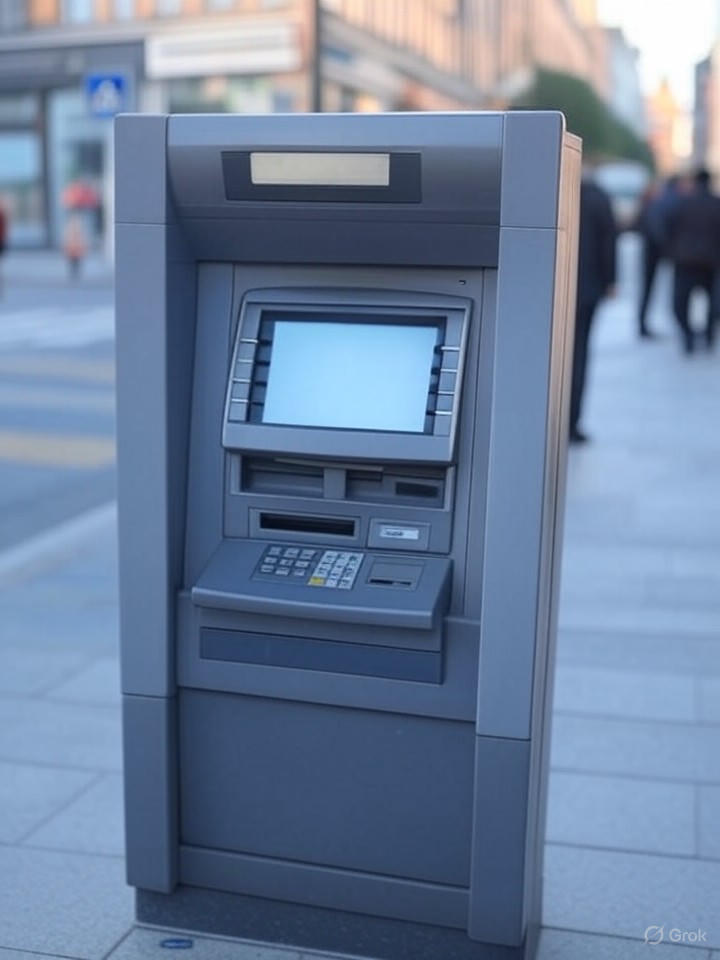Blog
ATM Fees Hit Record High of $4.86 for Out-of-Network Use

As consumers increasingly rely on cashless transactions, many may be unaware of the hidden costs associated with accessing their funds. Recent reports indicate that ATM fees have soared to a staggering average of $4.86 for out-of-network withdrawals. This trend not only affects those who frequently use ATMs but also highlights the importance of understanding and managing these charges effectively. In this blog post, we’ll delve into the reasons behind these rising fees, explore how to minimize them, and provide valuable tips for streamlining your banking experience.
Understanding ATM Fees: What You Need to Know
ATM fees can vary significantly from one provider to another, particularly when using machines outside of your bank’s network. These charges can quickly add up, especially if you rely on ATMs for regular cash withdrawals. Understanding the factors contributing to these fees is essential for managing your finances effectively.
Why Do ATM Fees Keep Rising?
Several factors contribute to the increase in ATM fees:
- Maintenance Costs: ATM operators incur costs for maintaining the machines, including cash replenishment, equipment repairs, and software updates.
- Increased Demand: As more consumers shift towards cashless transactions, the demand for ATMs often rises, leading to higher operational costs.
- Competitive Pricing: Banks may charge higher fees to cover their expenses or to differentiate themselves from competitors.
Tips to Avoid High ATM Fees
While it may seem challenging to dodge these rising charges, there are several strategies you can employ to minimize your ATM fees:
1. Use Your Bank’s ATMs
Whenever possible, withdraw cash from ATMs owned by your bank. This can help you avoid out-of-network fees, which account for most charges.
2. Choose Cash-Back Options
If you’re making a purchase at specific retailers, consider requesting cash back during transactions. This can help you access cash without incurring additional fees.
3. Plan Ahead
If you anticipate needing cash, plan your withdrawals accordingly to avoid ATM fees. Know where your bank’s ATMs are located and try to withdraw cash from those machines.
4. Monitor Transactions
Regularly check your account statements for unauthorized or excessive charges. Setting up alerts for ATM withdrawals can also help you track your spending.
FAQs About ATM Fees
What is considered an out-of-network ATM?
An out-of-network ATM refers to any automated teller machine not affiliated with your bank. Using these machines typically incurs additional fees.
Are ATM fees the same everywhere?
No, ATM fees can vary widely by location, bank, and operator. It’s essential to check your bank’s fee schedule to understand what charges may apply.
Can I negotiate to lower my ATM fees?
While it’s not common, some banks may offer fee waivers or lower charges for customers with specific account types or balances. It’s worth inquiring with your bank.
Conclusion: Take Control of Your ATM Withdrawals
With ATM fees hitting record highs, it’s crucial for consumers to remain vigilant about their banking choices. By utilizing in-network ATMs, opting for cash-back transactions, and planning your withdrawals, you can significantly reduce or even eliminate unnecessary fees. For more insights on managing your finances, consider visiting Theme Bazar for resources tailored to enhance your financial literacy.
Additional Resources
- For an in-depth understanding of ATM fees and regulations, check out resources from the Consumer Financial Protection Bureau.
- Stay informed about banking trends and financial news by following industry publications.
By adopting a proactive approach to your ATM usage, you can safeguard your financial health and make informed decisions about your cash withdrawals.

